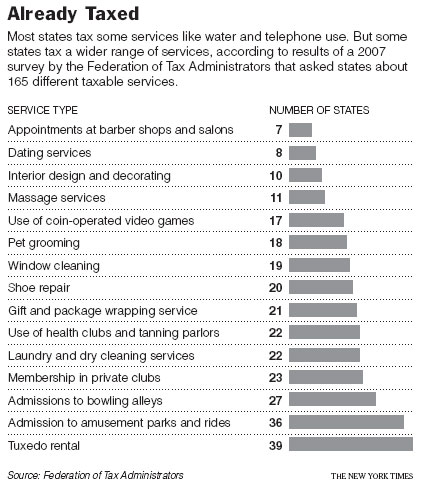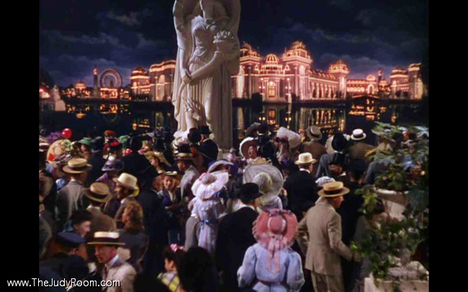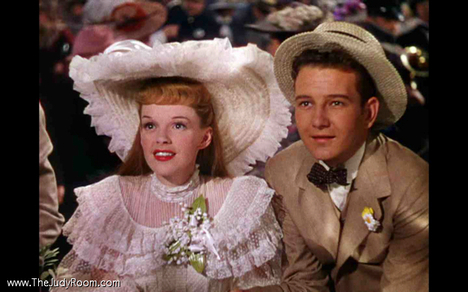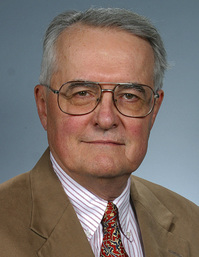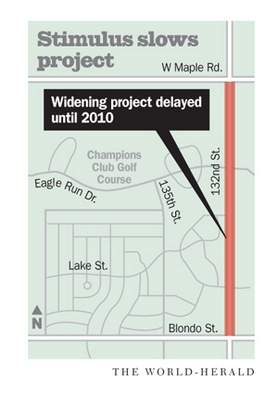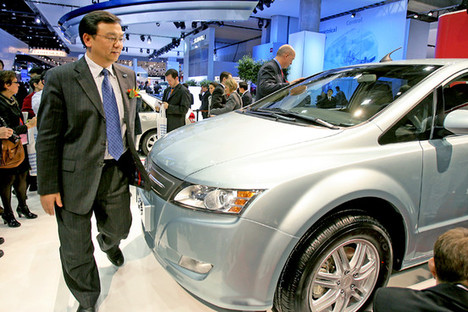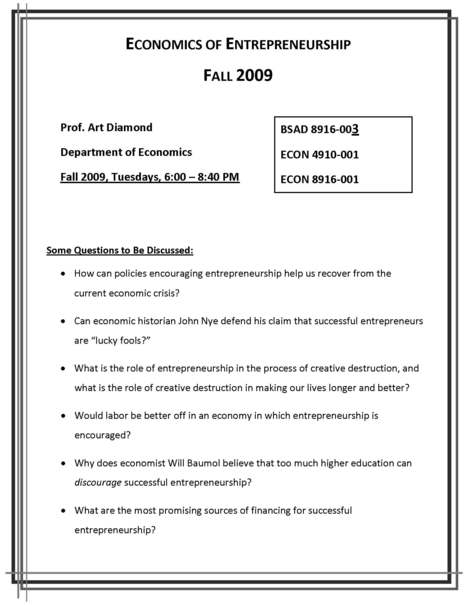(p. W11) Americans love a winner and they remember what they want to remember, and so let us now remember the Central Overland California & Pike’s Peak Express Co.–known from the day it began 150 years ago on April 3, 1860, as the Pony Express.
We remember the Pony Express as one of the most enduring and endearing of American stories, a tale of the frontier, a story of bold entrepreneurs, daring young horsemen, true riders of the purple sage and all that. In truth, the venture hemorrhaged money from day one, was doomed by technology (another particularly American story), lasted a mere 78 weeks, ruined its backers and then disappeared into what historian Bernard DeVoto called “the border land of fable.” Across the wide Missouri, fact and fantasy collided and the Pony Express became “a tale of truth, half-truth and no truth at all,” as another historian observed.
. . .
The service was shut down in the flash of a telegrapher’s key when the transcontinental telegraph was completed in October 1861. The records of the business, if there were any records, were lost. That would prove liberating for later chroniclers.
. . .
If the Pony Express continues to thrill and baffle us, consider the words of an old horseman in western Nebraska who advised me when I expressed some concerns about the pedigree of this yarn. “We don’t lie out here,” he explained kindly. “We just remember big.”
For the full commentary, see:
CHRISTOPHER CORBETT. “Real (and Fake) Hoofbeats of the Pony Express.” The Wall Street Journal (Fri., APRIL 2, 2010): W11.
(Note: ellipses added.)


